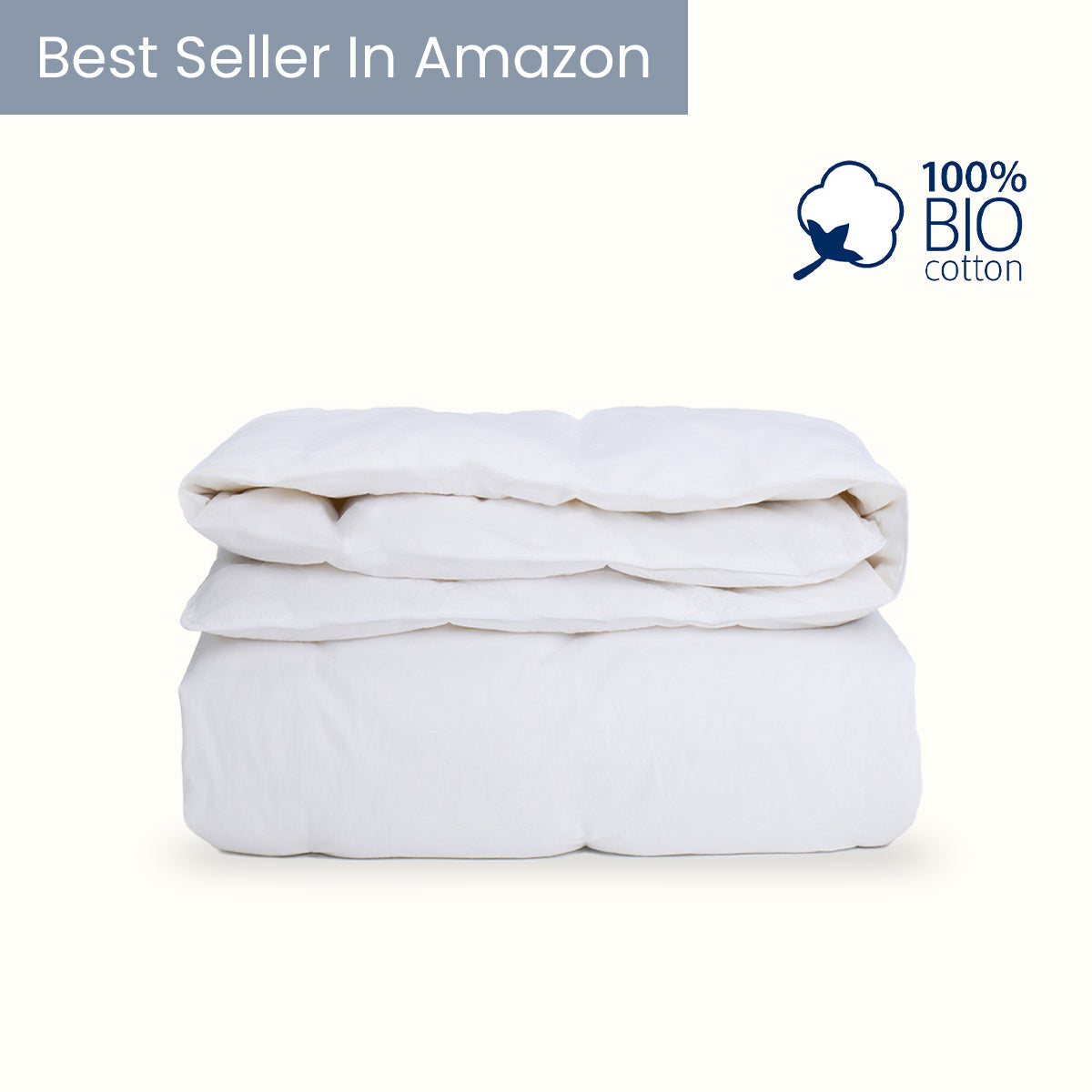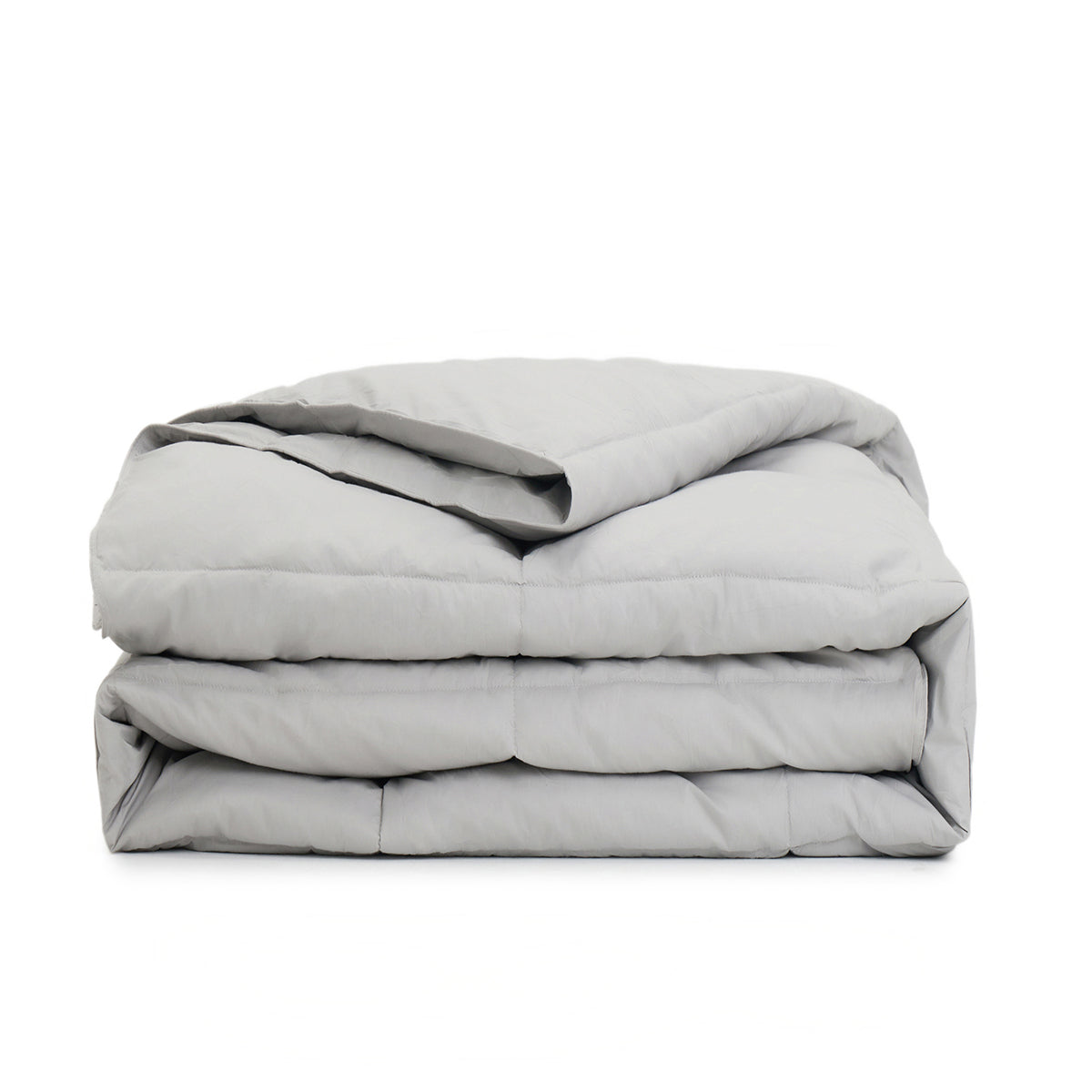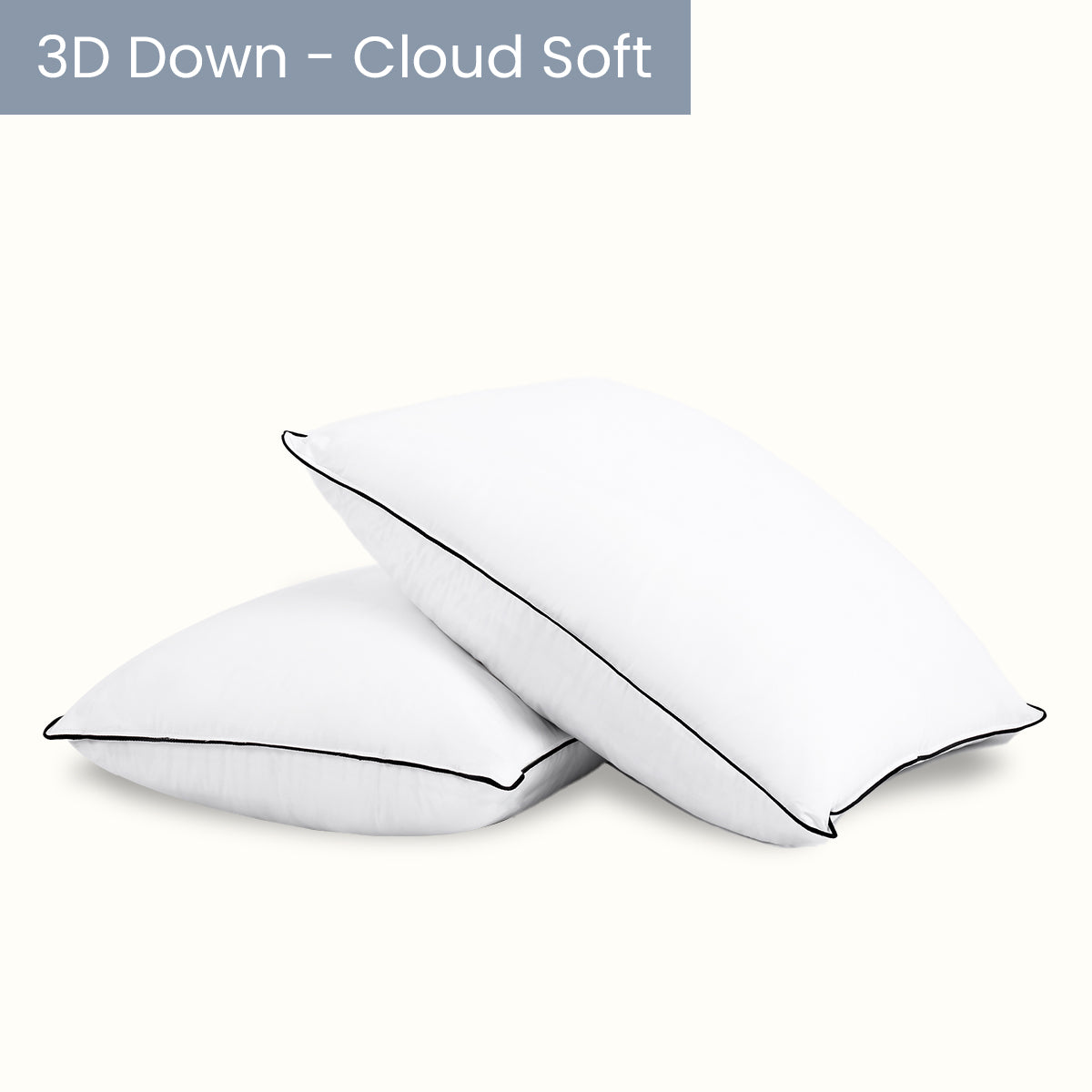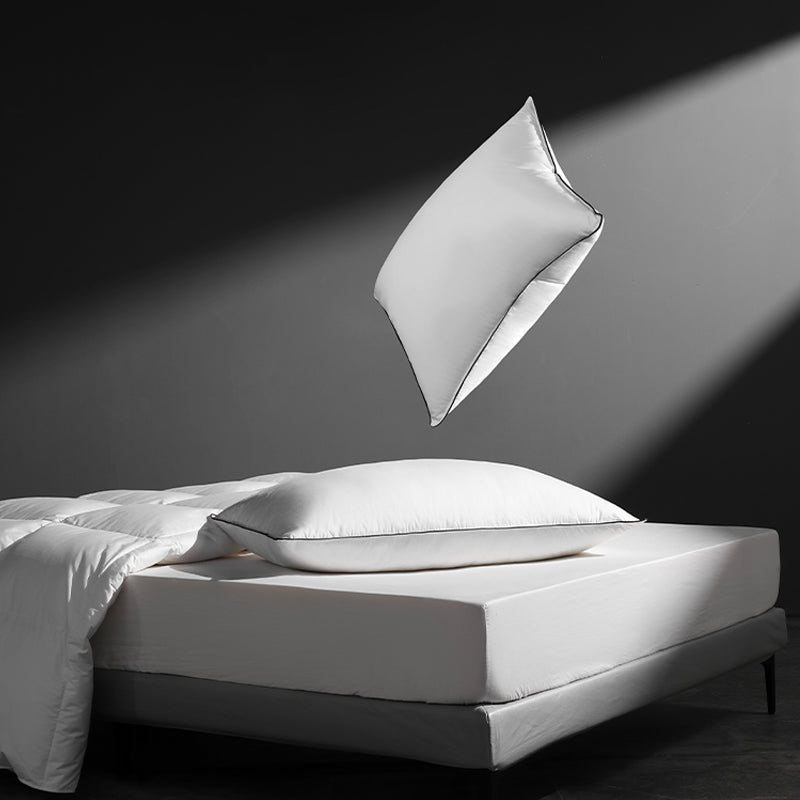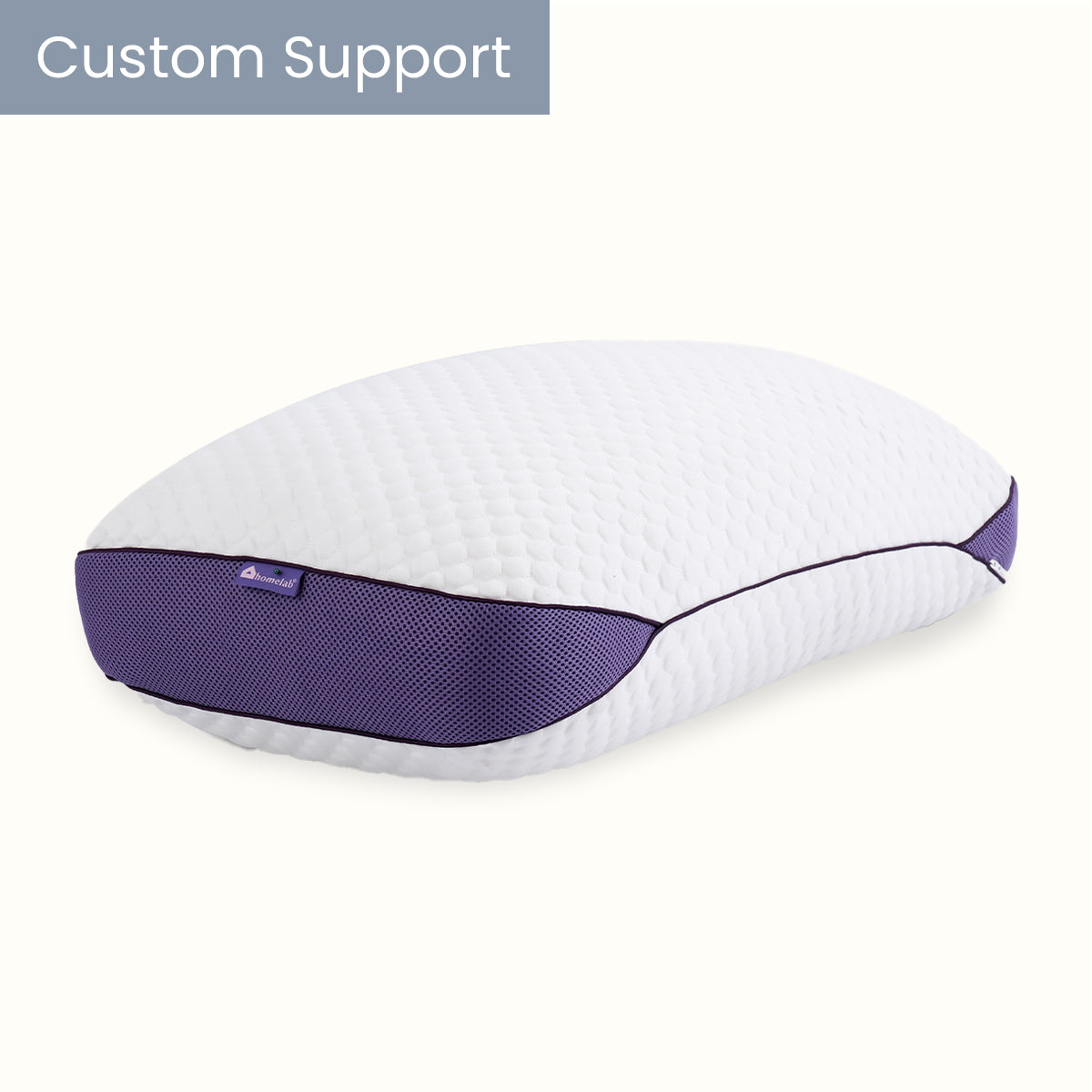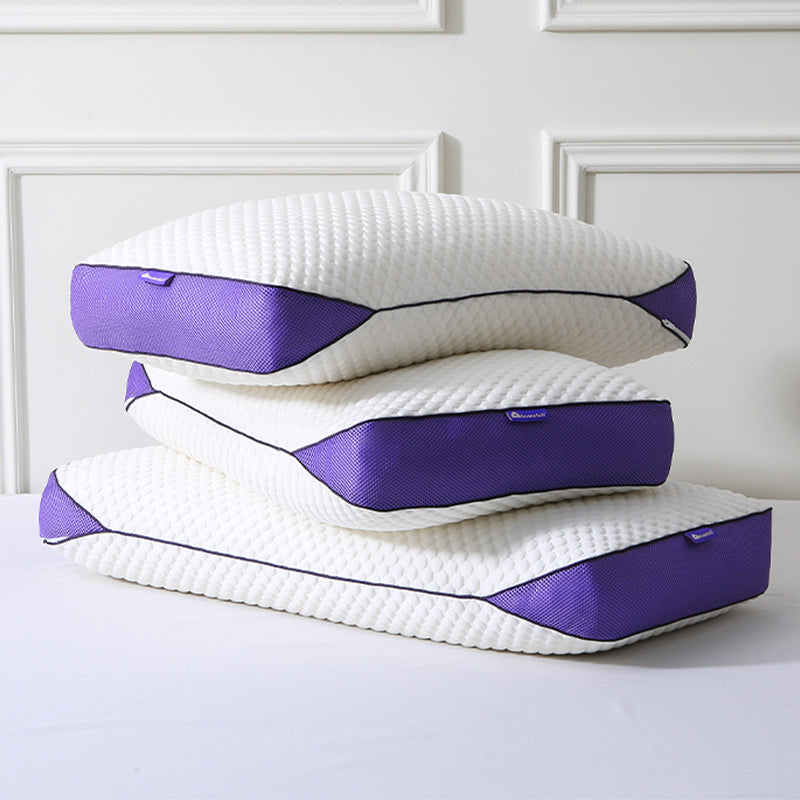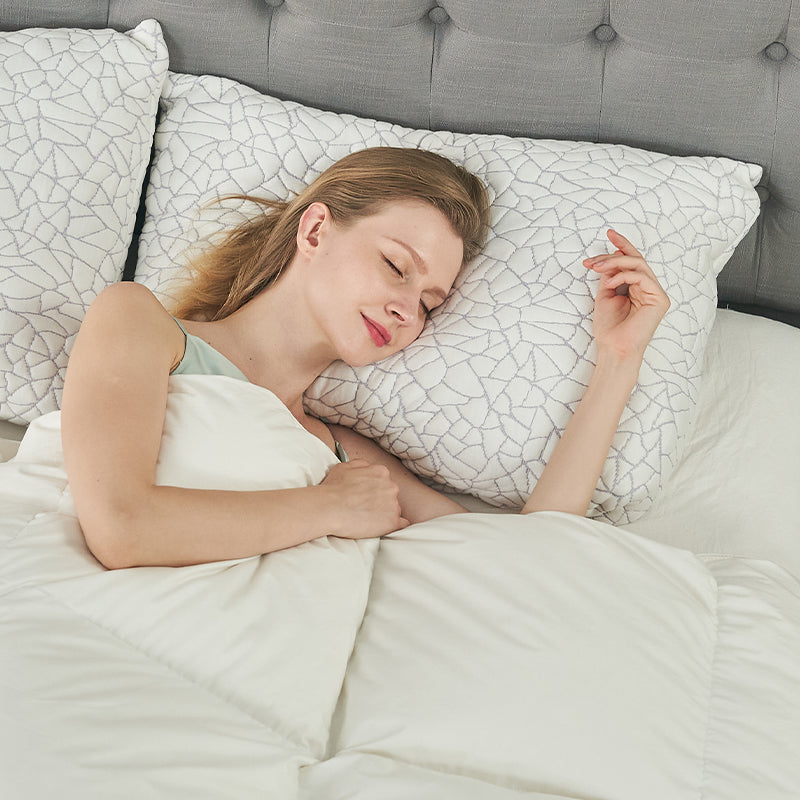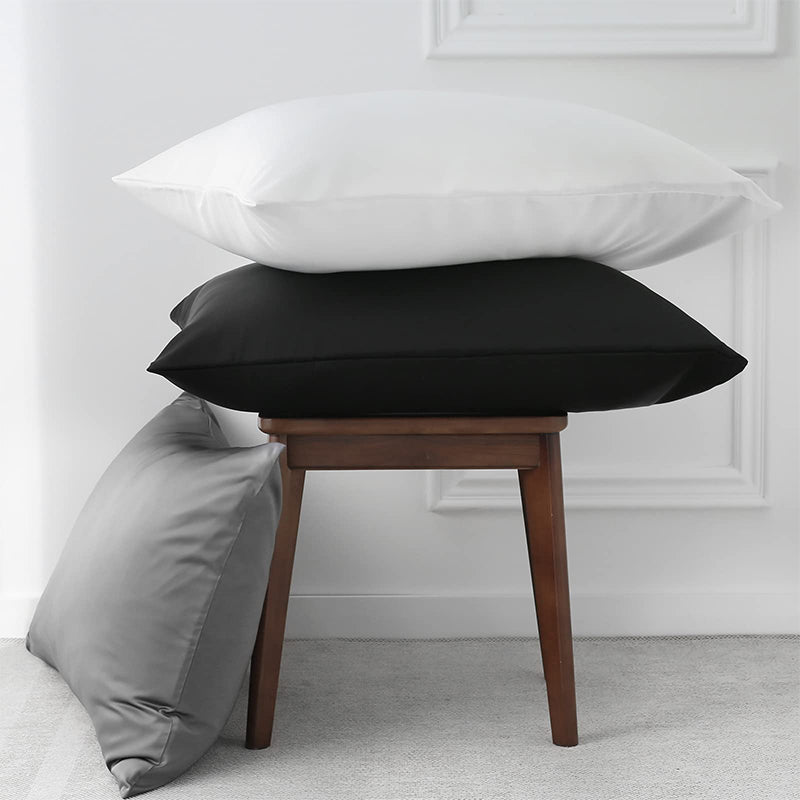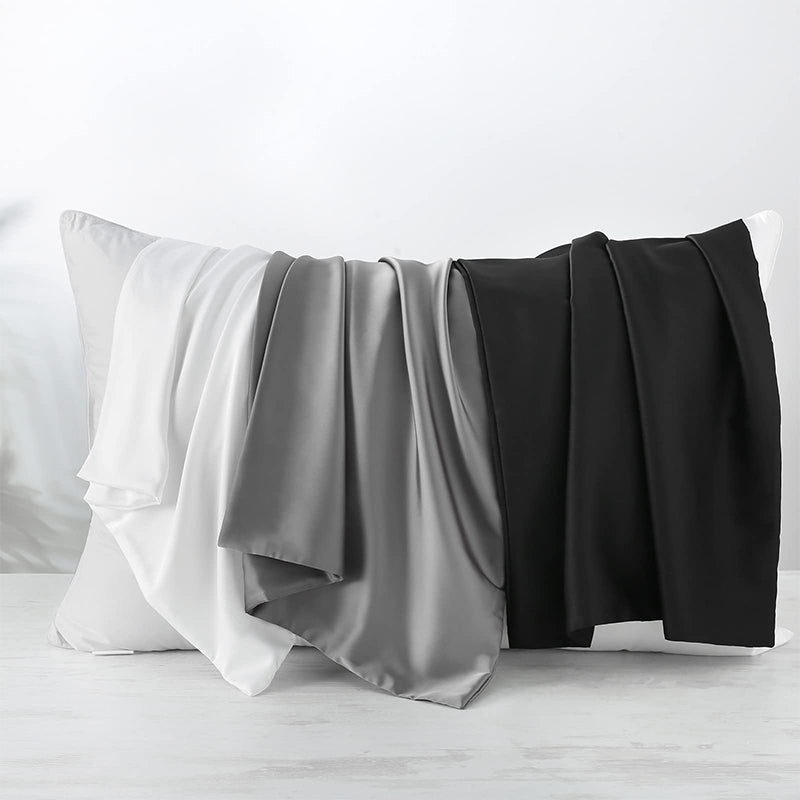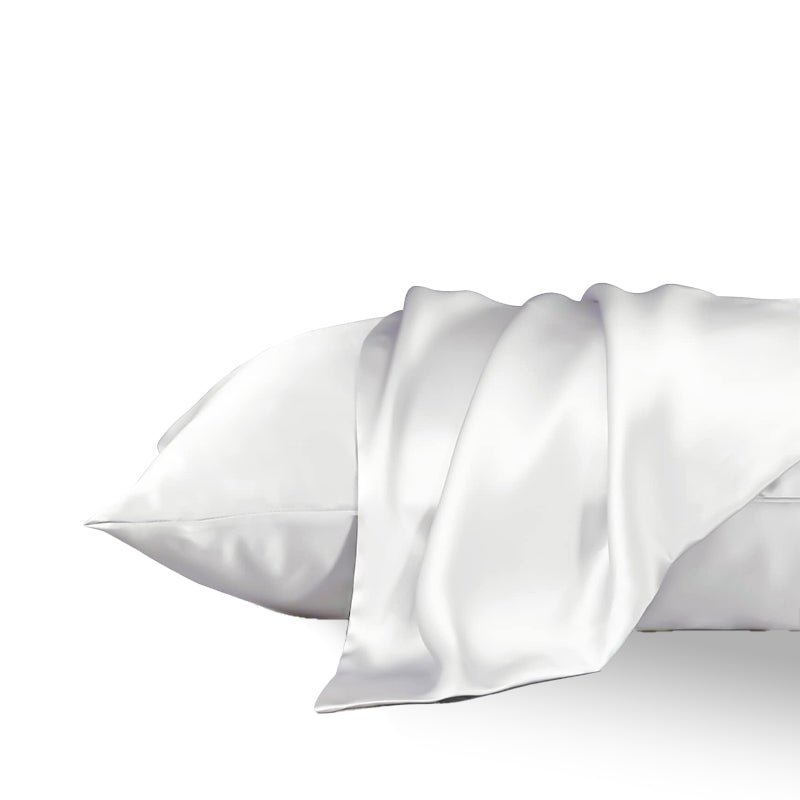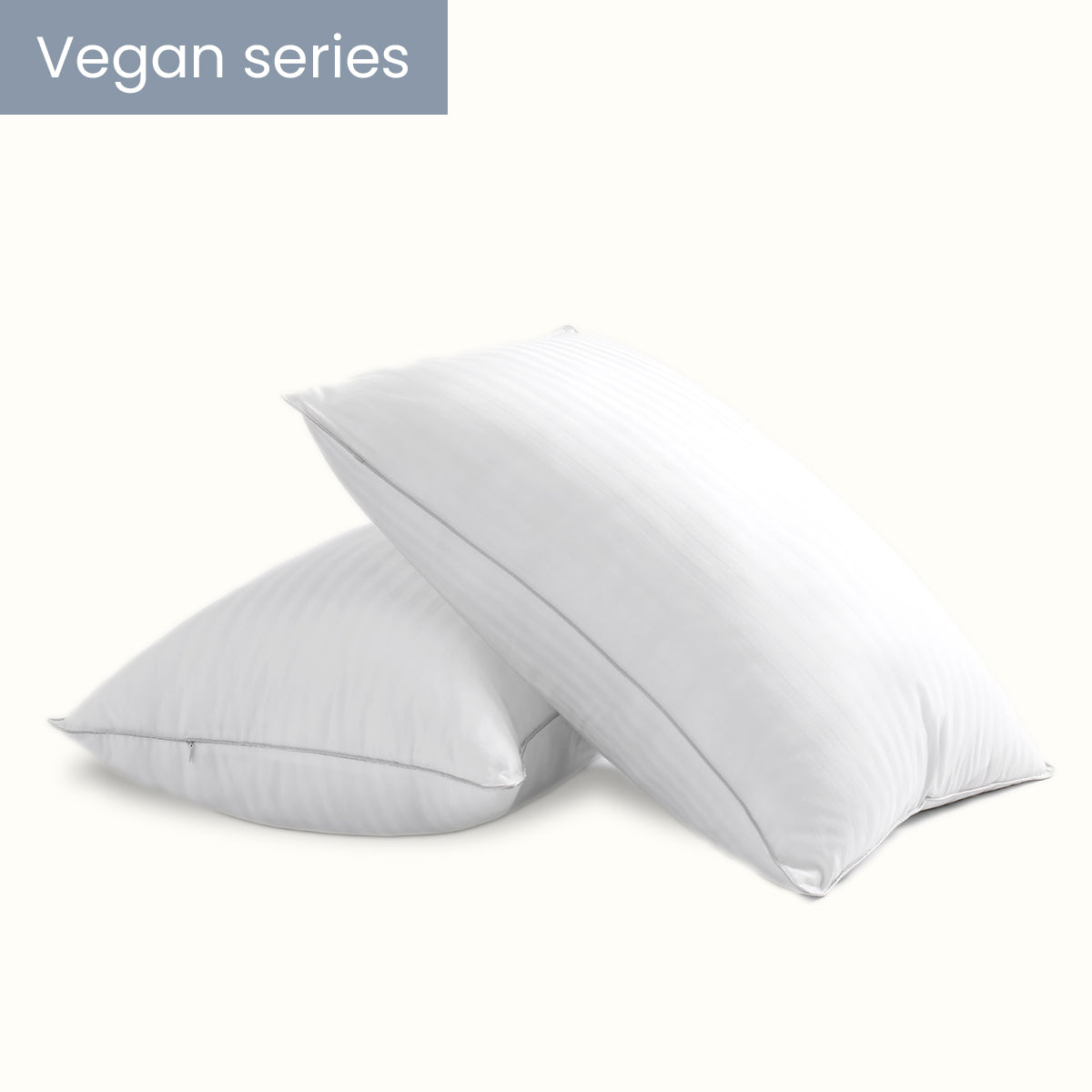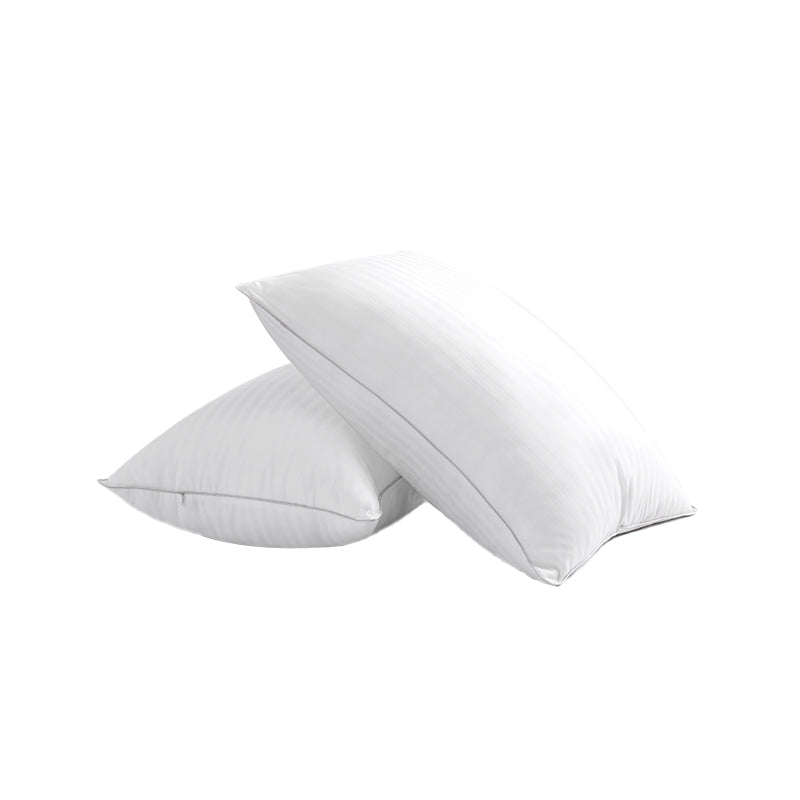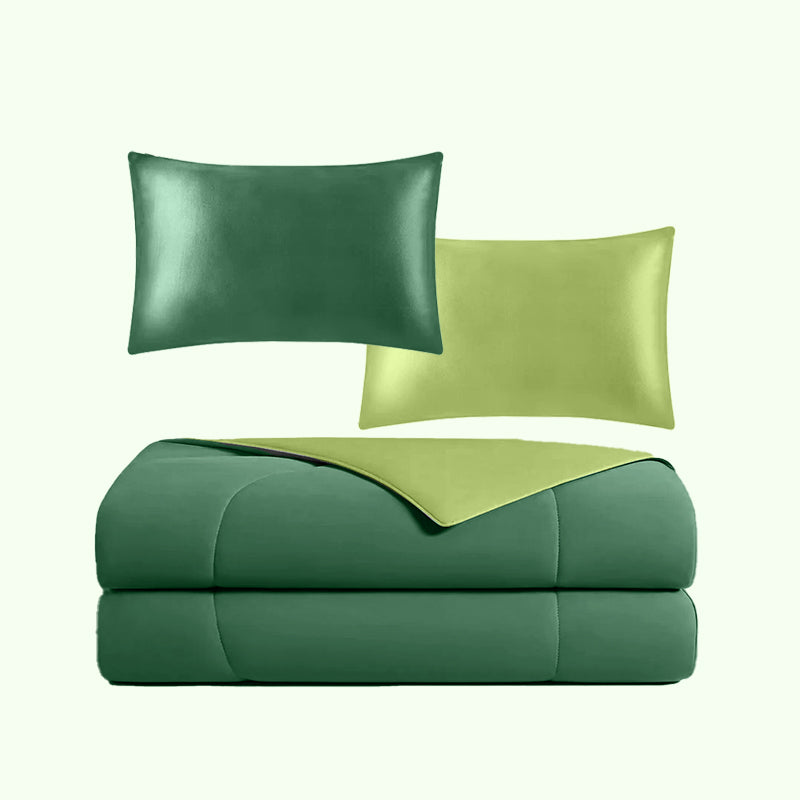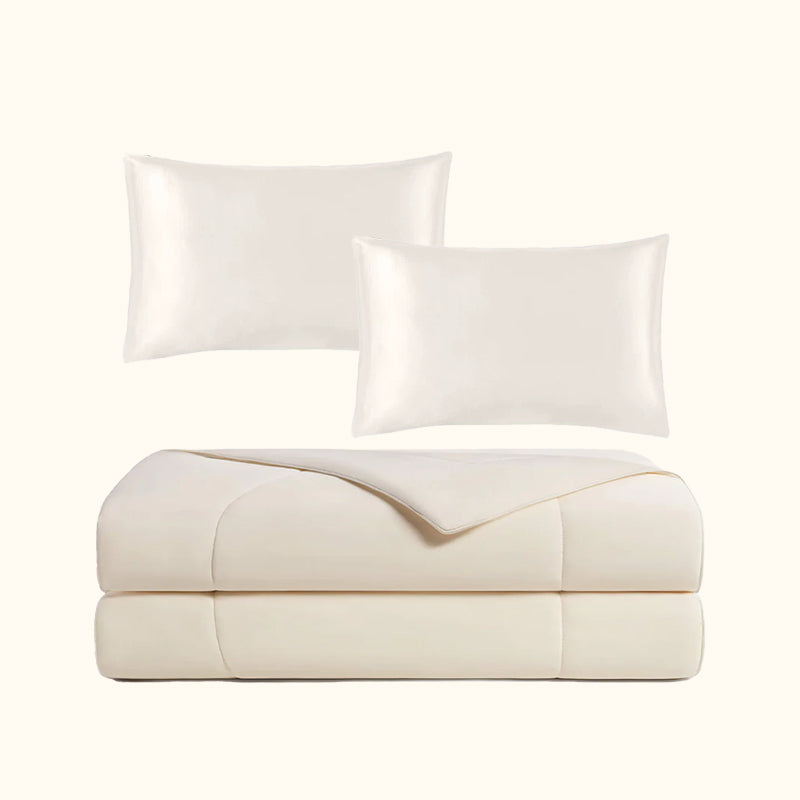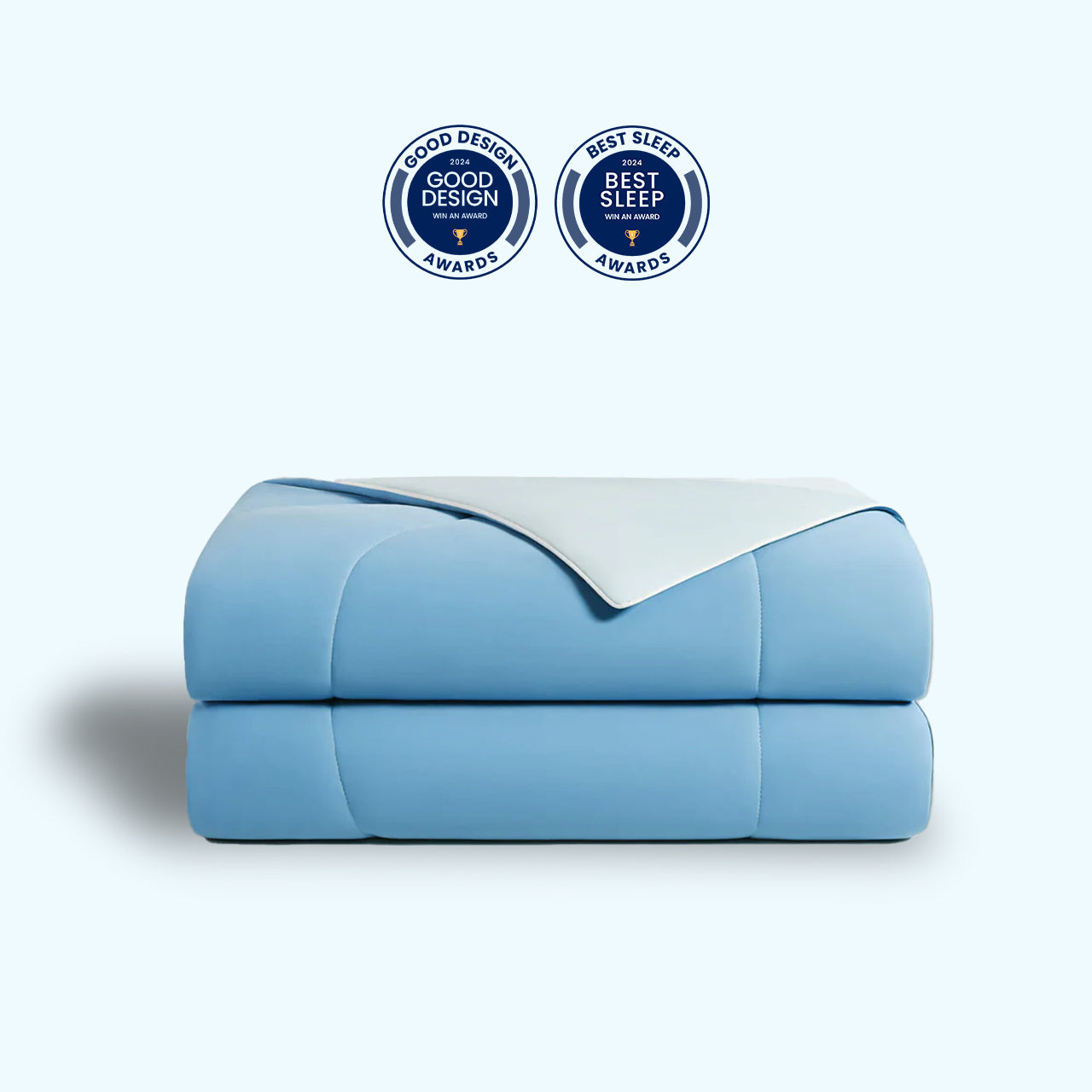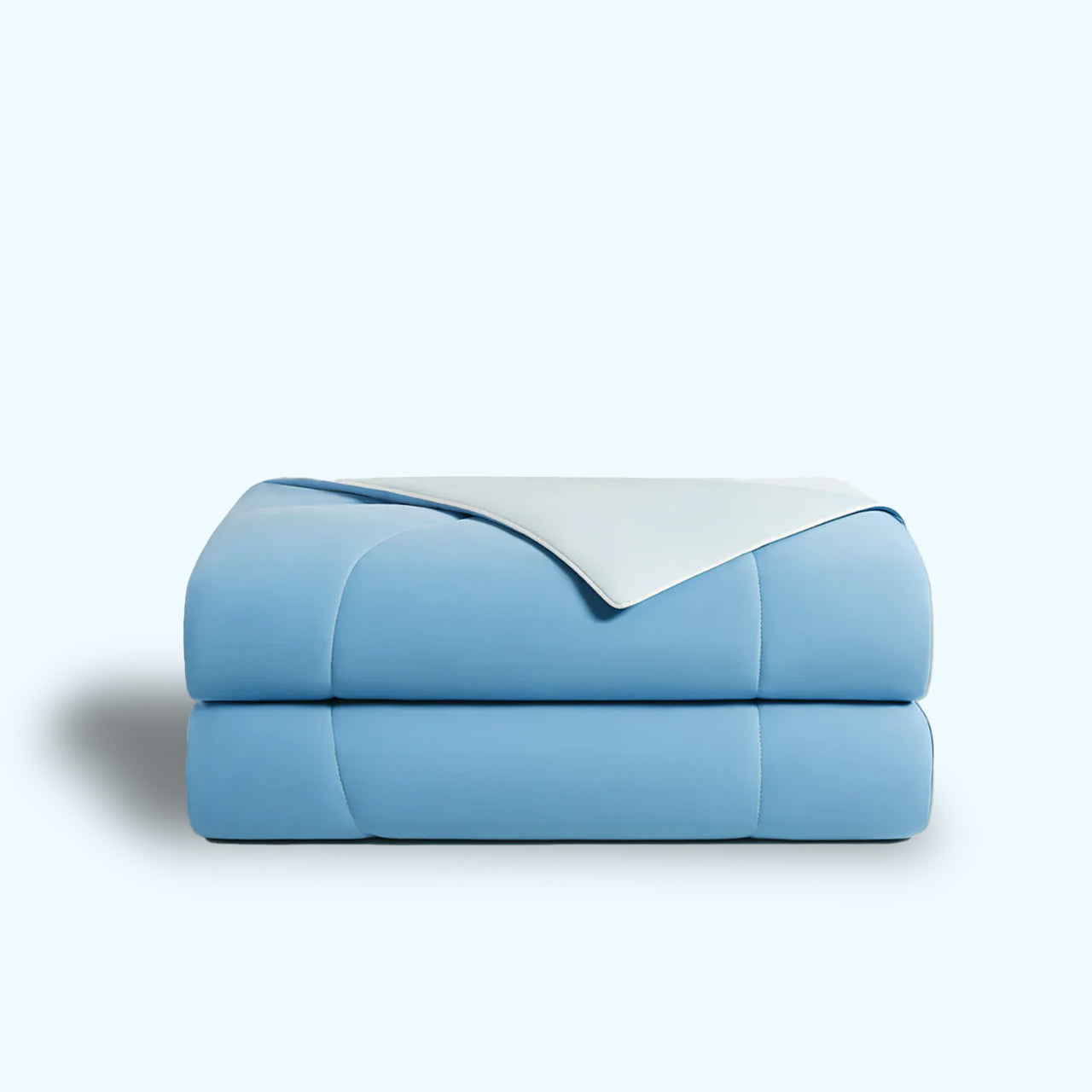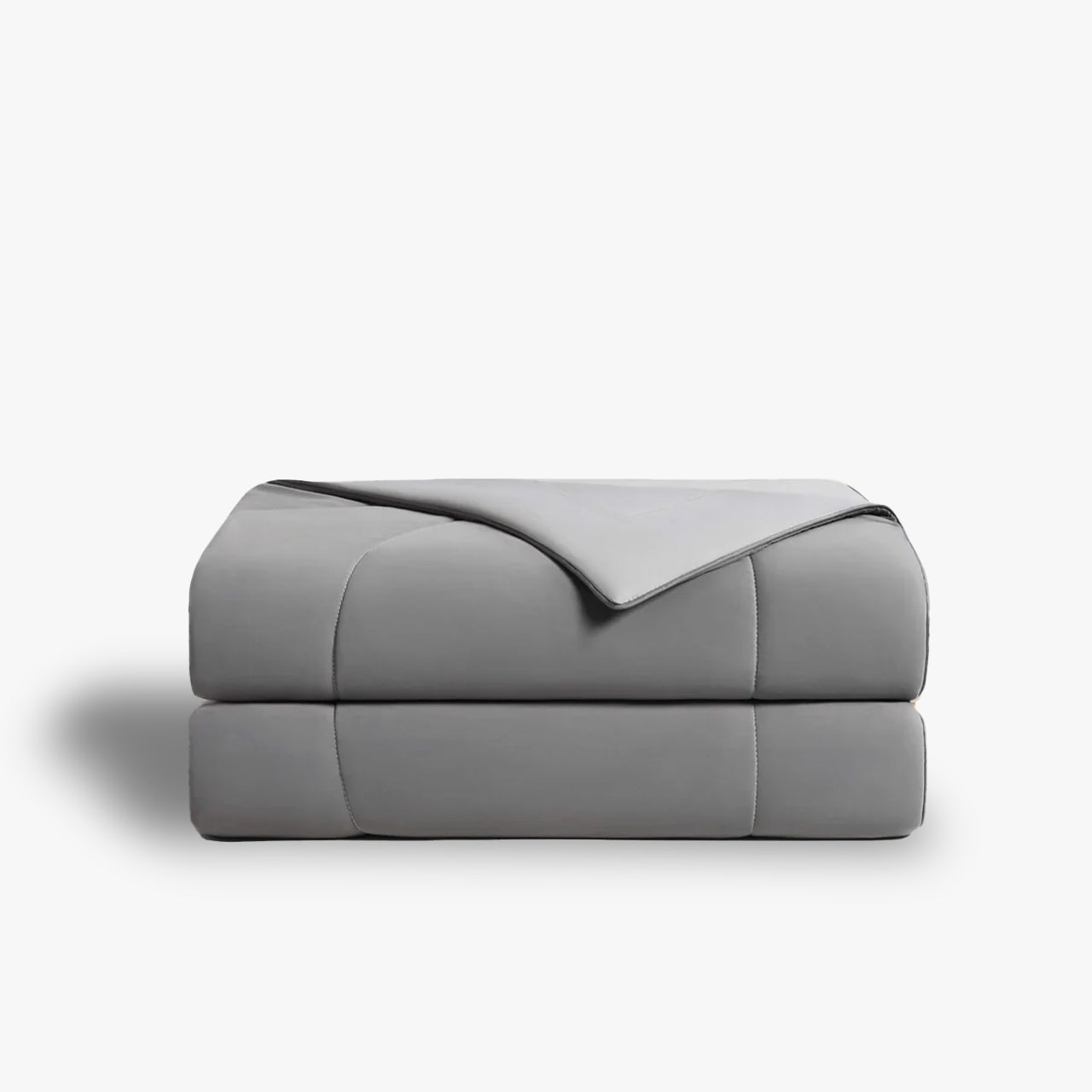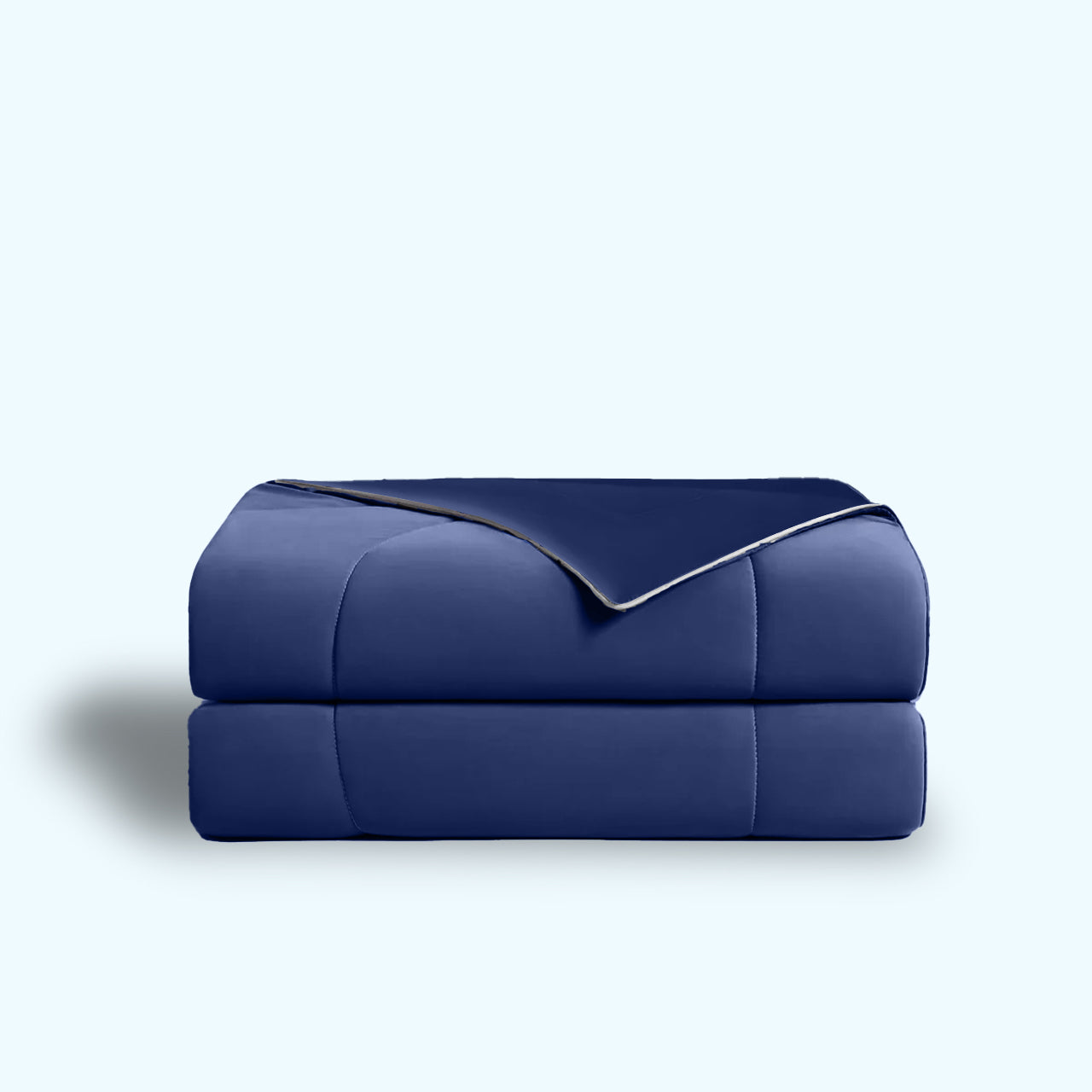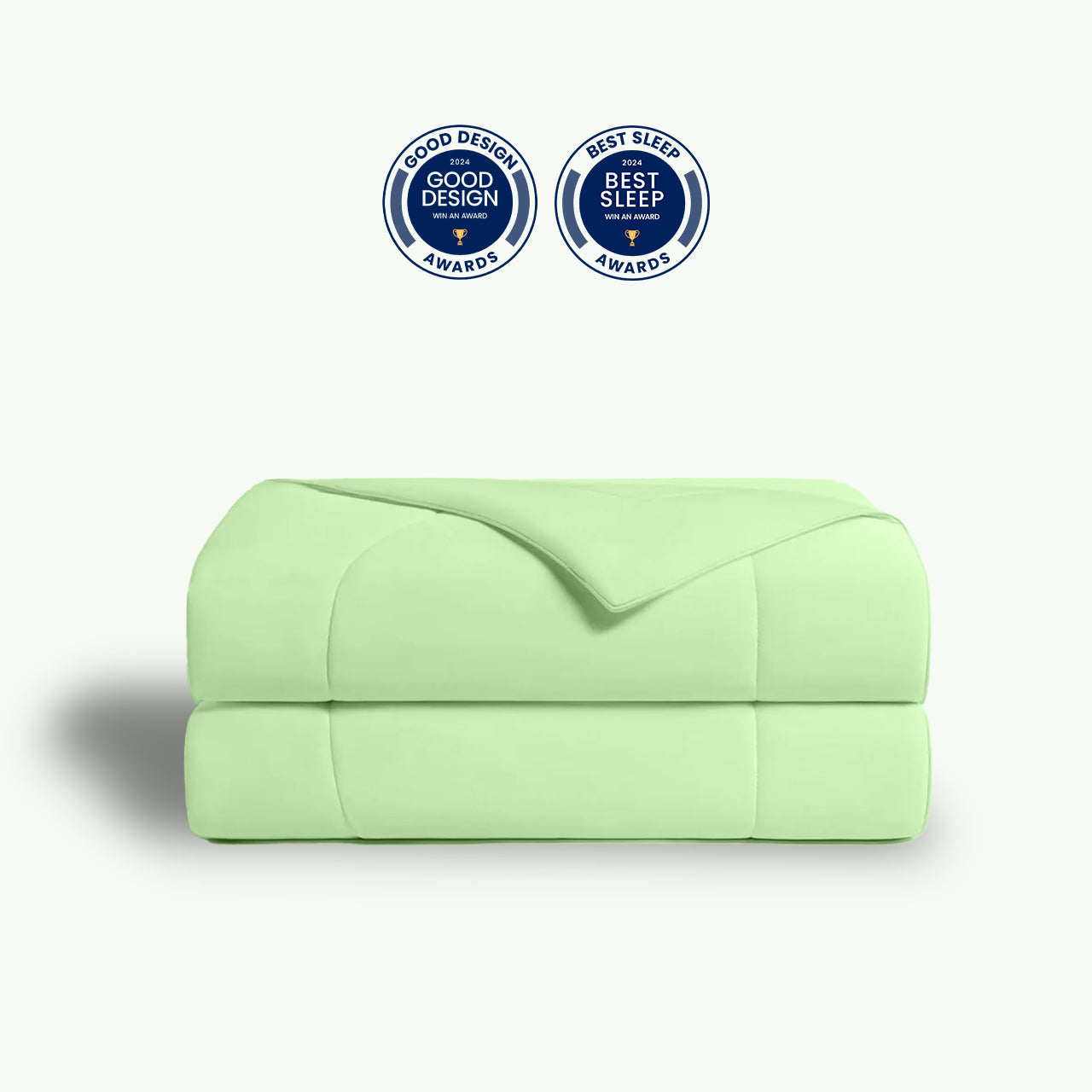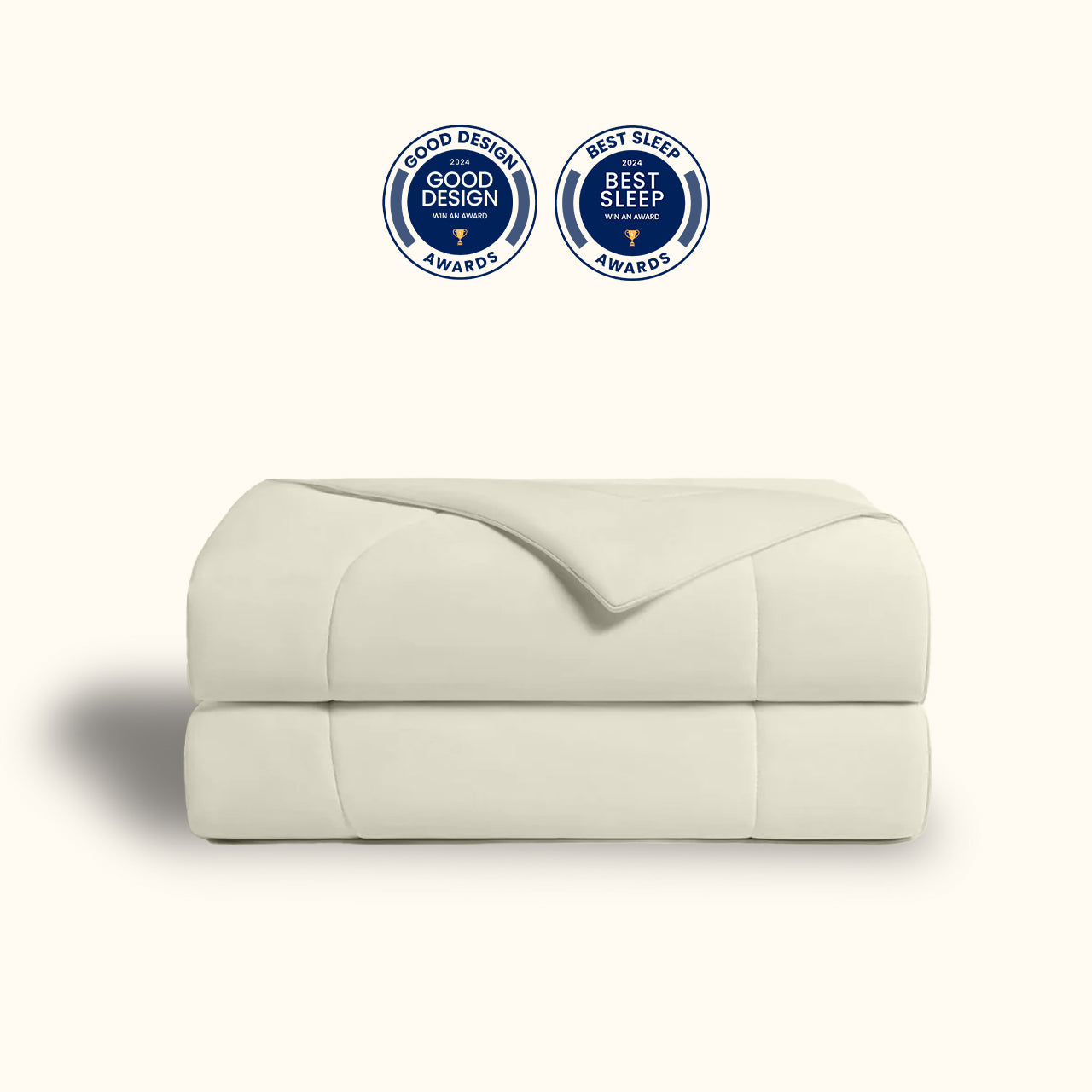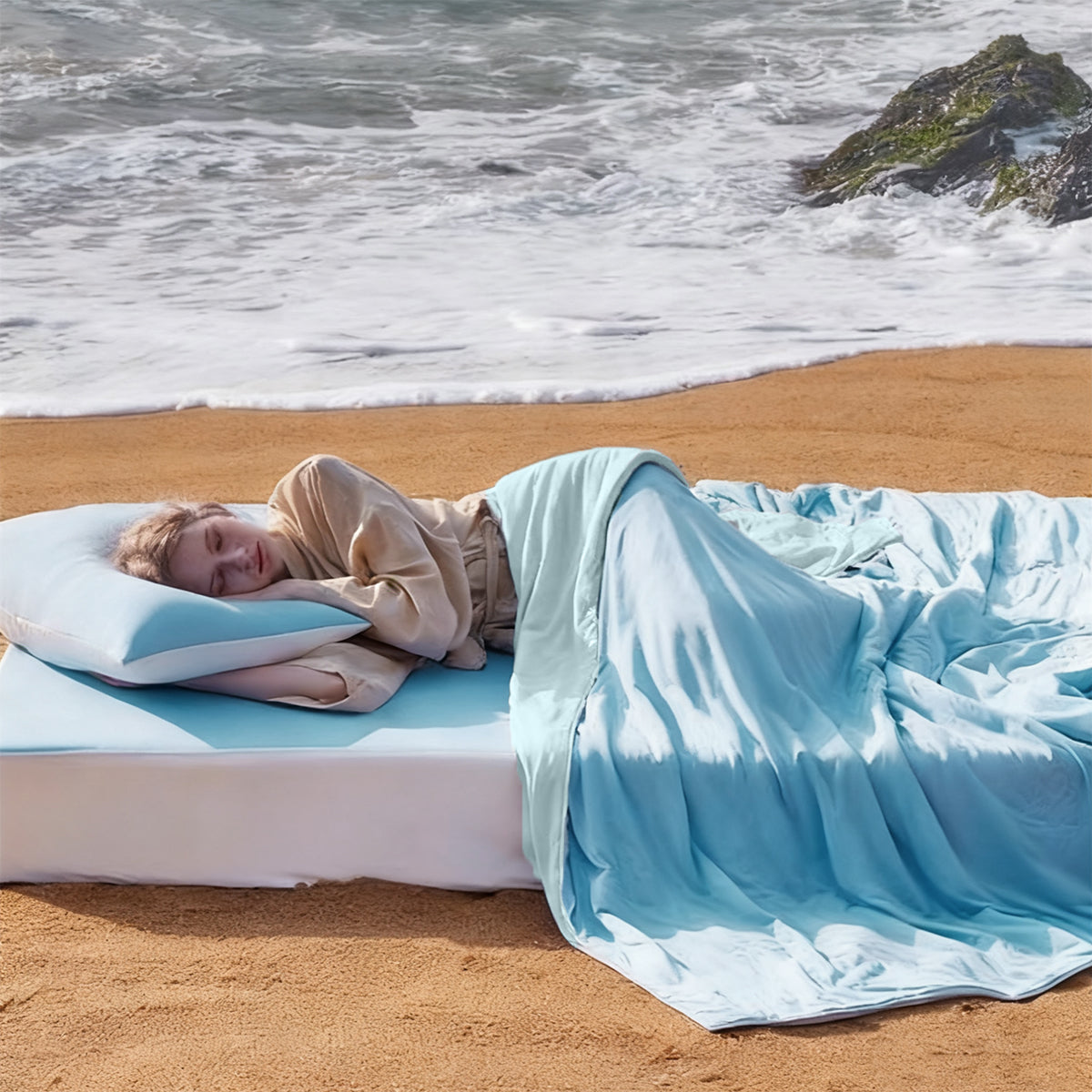Your bed is usually thought of as the cleanest place in the house. But if you haven't washed the sheets for a week—guess what? It's already turned into a "microbe hangout." Lots of tiny little things you can't see are quietly messing with your health.

The "Tiny World" on Sheets Under a Microscope
Bacteria Party: Little Invaders Everywhere
Sheets are like a big plate where bacteria love to grow. Sweat, spit, dandruff, dead skin bits, even crumbs from snacks—all these are like tasty treats for bacteria. A lab from the U.S. National Science Foundation found that after a week without washing, there can be millions of bacteria on just one square centimeter of sheets. All in all, a whole bed can have hundreds of millions of them.
• Sheets and pillowcases: They're full of stuff like E. coli, which can make you get a cold or an upset stomach. Pillowcases get covered in spit, scalp oil, and dandruff, and they might even have staph bacteria that cause pimples and red, sore spots on your face.
• Bedspreads: They don't touch your body as much, but if you eat in bed, any crumbs left will make bacteria multiply like crazy.
Fungi Funland: They Love Damp Spots
If you don't wash your bed linens for a while, the sweat your body makes can't dry up. That makes a warm, wet place where fungi (like yeast and mold) thrive. These can make you get stuff like a cough, itchy jock itch, athlete's foot, skin rashes, asthma, or eczema. Fungi on pillowcases can also make your scalp itch more and even make your hair fall out.
Mite Gang: The Invisible Allergy Makers
Dust mites eat the dead skin cells you shed. Their poop, dead bodies, and slime are big allergy triggers. About 80% of people who get runny noses from allergies or have asthma are allergic to these mites.
How to Use Bedding the Healthy Way?
How Often Should You Change Bedding?
• In summer: You sweat a lot, so change sheets and pillowcases once a week, and bedspreads every two weeks.
• In winter: Change sheets and pillowcases every two weeks, and bedspreads once a month.
• If your skin gets irritated easily, or you have pets at home, change all bedding once a week.
• If you see stains, sweat marks, or smell something bad on the sheets, change them right away—don't wait for the usual time.
What Kind of Bedding Material Is Best?
• Organic Cotton: Soft, comfortable, breathable, and highly absorbent—ideal for all skin types. However, it requires frequent washing as it tends to retain sweat. Pairs perfectly with a down duvet: The natural breathability of down prevents overheating, while cotton’s moisture-wicking properties keep you dry, creating a balanced and cozy sleep environment.

APSMILE Lightweight Premium Feather Down Duvet
• Linen: Highly breathable and naturally antimicrobial, though slightly stiffer in texture
• Cooling Tech Fabric: Promotes superior airflow to prevent sweat buildup. Its built-in antibacterial and anti-mite properties make it gentle on sensitive skin—best suited for summer use.

BlueCool™ Cooling Comforter-Sage Green with pillowcase
Common Myths About Bedding
How Do Mites Get in My Bed?
• They float in through the air from outside, sticking to bedding, furniture, and carpets.
• Your house itself is a perfect home for them. The dead skin you shed, damp air, and warm temperatures help them multiply.
Can Drying Kill Mites?
Yep. If you use the dryer on high heat (over 60°C for 30 minutes), it works. If you wash them and keep things dry, there'll be way fewer mites. For things that can't take high heat, put them in the freezer (-17°C for 24 hours) or use other ways to get rid of mites.
Wash with Cold or Hot Water?
Better to use hot water (55°C–65°C). That kills most bacteria, fungi, and mites—including their eggs and poop.
Don't let your sheets fool you with how clean they look. Change and wash them regularly, pick the right material, and know the real deal about keeping bedding clean. For your health and your family's, give your bedding a good, thorough clean today!



